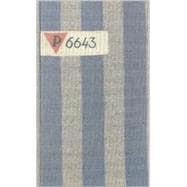The inspiration for writing a book which could tell the truth about Auschwitz came from the conditions in immediately-post-war Munich in which the authors found themselves, and was articulated by Janusz Nel Siedlecki in his 1994 memoir, Beyond Lost Dreams: "As the one common enemy disappeared, so vanished all moral rules and restraints. Individuals,









